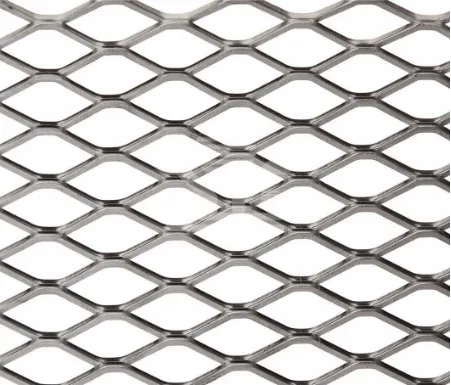Climbing for Success The Importance of Vegetable Climbing Nets in Gardening
In the world of gardening, every plant has its preferences, and understanding these can significantly impact the productivity of your garden. Among the myriad of gardening techniques and tools available, the use of climbing nets for vegetables has gained popularity due to its numerous benefits. This article explores the advantages of vegetable climbing nets, the types available, and tips on how to use them effectively.
What are Vegetable Climbing Nets?
Vegetable climbing nets are structures designed to support climbing plants as they grow. These nets are typically made from durable materials such as nylon, polyethylene, or other synthetic fibers, designed to withstand the elements while being safe for plants. They come in various mesh sizes and strengths, allowing gardeners to choose according to the type of vegetables they are cultivating.
Benefits of Using Climbing Nets
1. Maximizing Space One of the primary advantages of using climbing nets is the ability to maximize space in your garden. Vertical gardening is an excellent way to go beyond the constraints of limited ground space, especially for urban gardeners. By allowing plants to grow upward, you can effectively increase the number of vegetables harvested without needing a larger plot.
2. Improved Air Circulation Plants that grow vertically on climbing nets benefit from improved air circulation. Adequate airflow reduces humidity around the foliage, which is crucial for minimizing fungal infections and other diseases. This leads to healthier plants and potentially higher yields.
3. Ease of Harvesting Climbing vegetables are often easier to harvest than their sprawling counterparts. With the use of climbing nets, fruits and vegetables hang prominently, making them more accessible. This can reduce the time spent crouching or crawling on the ground, adding convenience to your gardening routine.
4. Enhanced Sunlight Exposure Vertical growth allows plants to receive more sunlight, which is essential for photosynthesis. By positioning climbing plants on nets, you can ensure that they’re not overshadowed by taller plants. This efficient light exposure can lead to sweeter and more flavorful vegetables.
5. Pest Control Climbing nets can act as a barrier between pests and the plants. When plants grow higher off the ground, they are less susceptible to soil-borne pests and diseases. Additionally, the netting can prevent larger animals like rabbits and rodents from easily reaching the vegetables.
vegetable climbing net

Types of Climbing Vegetables
Some vegetables are particularly well-suited for growing on climbing nets. Cucumbers, peas, beans, tomatoes, and squash are popular choices. When selecting vegetables to grow vertically, consider the growth habits and support needs of each plant. For instance, pole beans need sturdy support, while lighter crops like peas can thrive on lighter netting.
How to Install Climbing Nets
1. Choose the Right Location Select a sunny spot in your garden that provides adequate space for the climbing vegetable you intend to cultivate. Ensure that there is enough distance from neighboring plants to allow for their vertical growth.
2. Select the Appropriate Net Depending on the size and weight of the vegetable you’re planting, choose a net that offers adequate support. Heavier vegetables like tomatoes may require a stronger, sturdier net compared to lighter ones like peas.
3. Secure the Net Install the climbing net either against a fence, trellis, or on its own framework made of stakes. Ensure it is anchored securely to withstand wind and the weight of developing produce.
4. Train the Plants As plants begin to grow, gently guide their tendrils or stems toward the netting. You may need to tie them with soft garden twine or clips to encourage upward growth.
5. Maintenance Regularly check your climbing nets for any damage and ensure that the plants are correctly positioned as they grow. Pruning may also be necessary to promote better airflow and prevent overcrowding.
Conclusion
Incorporating vegetable climbing nets into your gardening practices can dramatically enhance your gardening experience. Whether you are a seasoned gardener or a novice, utilizing climbing nets allows you to leverage vertical space, improve plant health, ease harvesting, and ultimately enjoy a bountiful harvest. With a little planning and care, your garden can reach new heights, literally and metaphorically. So why not give climbing nets a try in your next gardening adventure? Happy gardening!
-
Versatility of Expanded Aluminum Metal for Various Applications
NewsMay.19,2025
-
The Geometry of Steel Gratings: Why It Matters
NewsMay.19,2025
-
Reinforcement Applications of Perforated Mesh in Masonry
NewsMay.19,2025
-
Essential Tools for Installing a Deck Mesh Railing
NewsMay.19,2025
-
Anti-Slip Flooring Made with Stainless Expanded Mesh
NewsMay.19,2025
-
Adjustable Steel Grating for Uneven Terrain
NewsMay.19,2025
Subscribe now!
Stay up to date with the latest on Fry Steeland industry news.

